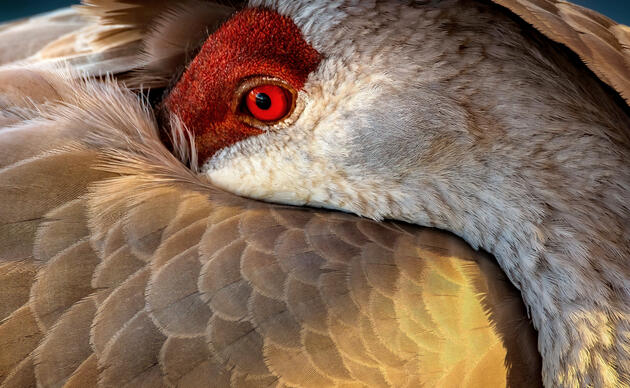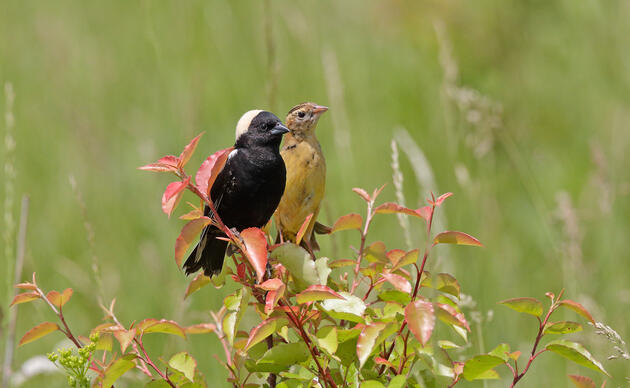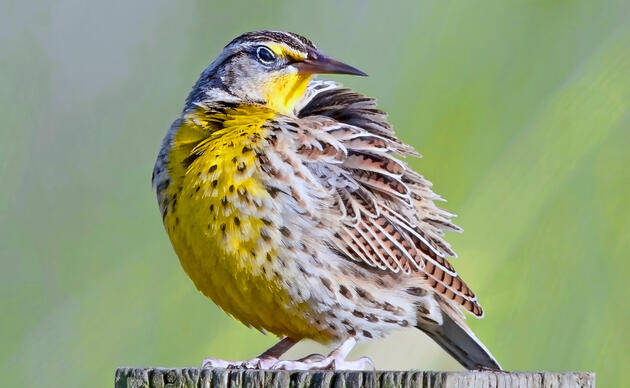We are the United Prairie Foundation, and our mission is to make prairie common again. We are a small non-profit organization based out of the Sheldon, North Dakota. We work hard to restore native prairie habitats by installing prairie into projects of all sizes. We harvest only locally sourced seed off of remanent native prairies to ensure all of our plants are local ecotypes. We partner with other like-minded groups to accomplish our goals and together we have been able to implement prairie plantings into many cities in the North Dakota, Minnesota area. We utilize unused spaces such as drainage ditches, large mowed areas of parks, boulevards and medians to bring prairie to the people in places they use every day.
Why the need for prairie? Everybody is aware of the massive effort in recent years to save the declining populations of bees, but did you know that the best way to support pollinators is by planting native plants? We all know how important pollinators and insects in general are to the ecosystem and to supporting the chain of life. What most people don’t know is that those pollinators and insects depend on plants to sustain different life cycles. All of our pollinators need nectar and love the bright beautiful plants in our gardens but each one has multiple life stages, and throughout those life stages their needs change. Every native plant is needed by some sort of insect within one of their life stages. Take the Monarch Butterfly for example. The Monarch Butterfly loves brightly colored fragrant smelling plants to suck nectar from, but they actually can only lay their eggs on a milkweed plant. The Monarch Caterpillar can only survive by eating the leaves of the milkweed plant. This is the reason the Monarch Butterflies travel to the Midwest every year to lay their eggs. That is where they find milkweed. By planting the plants that are native to the area and naturally grow here, we are providing the plants that the insects are in this area looking for. Planting native plants supports native insects which support native bird populations which support native predators and so on. So, while the butterflies enjoy the big beautiful exotic flowers in the gardens, what they are really looking for is that native milkweed where they can lay their eggs. When it comes to supporting nature, we believe that nature does it best. That is why we plant what nature grows.
Native prairie plants have many other benefits other than just supporting the native pollinators. They also support the native animal species that call the prairie their home. Our foundation actually started out as “Save the Hens Foundation” where our main focus was conservation of wetlands for waterfowl. We live in what is called the Prairie Pothole Region, meaning that we are in a prairie made up of rolling hills with small lowlands and depressions that often fill with water. These “potholes” are what a lot of the local waterfowl call home, and are vital to their survival. The other part of their survival that is very important is bunch grasses and bunch plants. The grasses that we have that make up our lawns and much of our pastures are sod grasses that are carpet like in the way that they grow to completely cover the ground, and you can’t tell where one plant ends and the other begins. Many of our native grasses that we plant and promote are bunch grasses. Each grass grows from one spot, and while some become quite large, they don’t spread and cover they stay in bunches. This creates natural paths and cover for small birds and young waterfowl to use to hide and escape predators. These native birds also use the native plants for food.
Bunch grasses have another benefit to the environment. The bunch plants that are native to the area actually help filter rain and runoff water, and increase the amount of water that gets soaked into the ground. So, if we go back to our sod grasses like we talked about before they create a carpet, and anybody who has ever had to dig in their yard knows their roots go down a few inches and creates a sod layer. This layer actually can prevent rain water from soaking into the ground. Once the water has saturated the grass and the inch of roots, it starts to build up on top and run off. This decreases the amount of ground water and increases the amount of overland flooding with rainfall. Our native grasses such as Big Bluestem have substantially larger root systems. Big Bluestem roots can grow 6-8 ft long and most of our native bunch grasses root systems double the above ground height of the plant. The difference in root systems, and the space that bunch grasses provide makes it easier for the ground to absorb the water. Once water is absorbed into the ground, the roots of the plants and the soil itself act like a filtration system making the water in our creeks and rivers cleaner.
These are just a few of the many benefits native prairie plants have. Each individual plant has its own special benefit and effect on the ecosystem and if you are interested in learning more about them feel free to reach out to us! We have a greenhouse in Enderlin, North Dakota where we grow our plants and welcome anybody to come check out what we have going on! United Prairie Foundations Partnership with Audubon Dakota has made a Prairie Restoration project at Urban Plains Park in Fargo possible and is a lovely place to go see the prairie as well. If you are interested in learning more or visiting our greenhouse you can reach out to our President John DeVries at 701- 793 – 0668, our Project Manager Elizabeth Bartholomay at 701- 680 -7896, or email us at unitedprairie@mlgc.com. We hope you find some time to go out and enjoy the prairie!
Elizabeth Bartholomay, Project Manager
United Prairie Foundation



